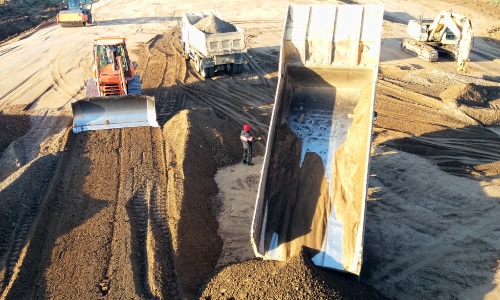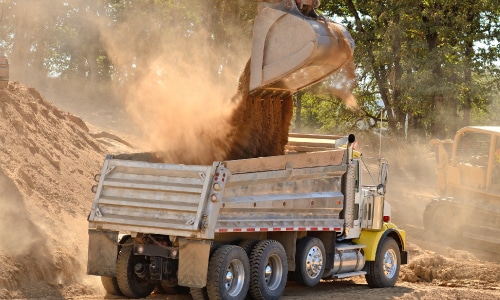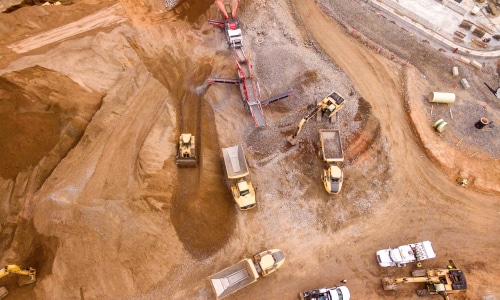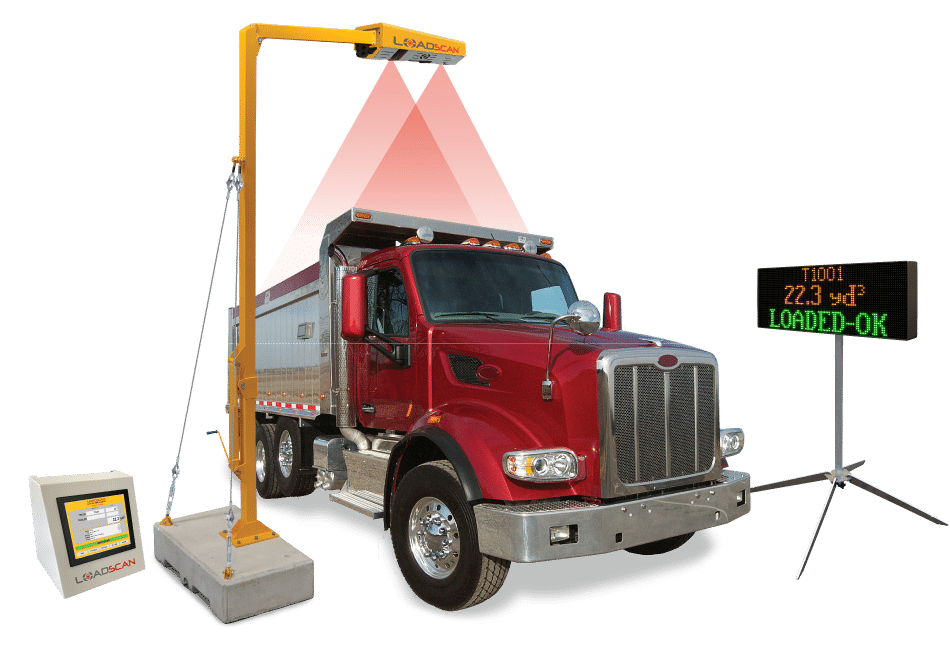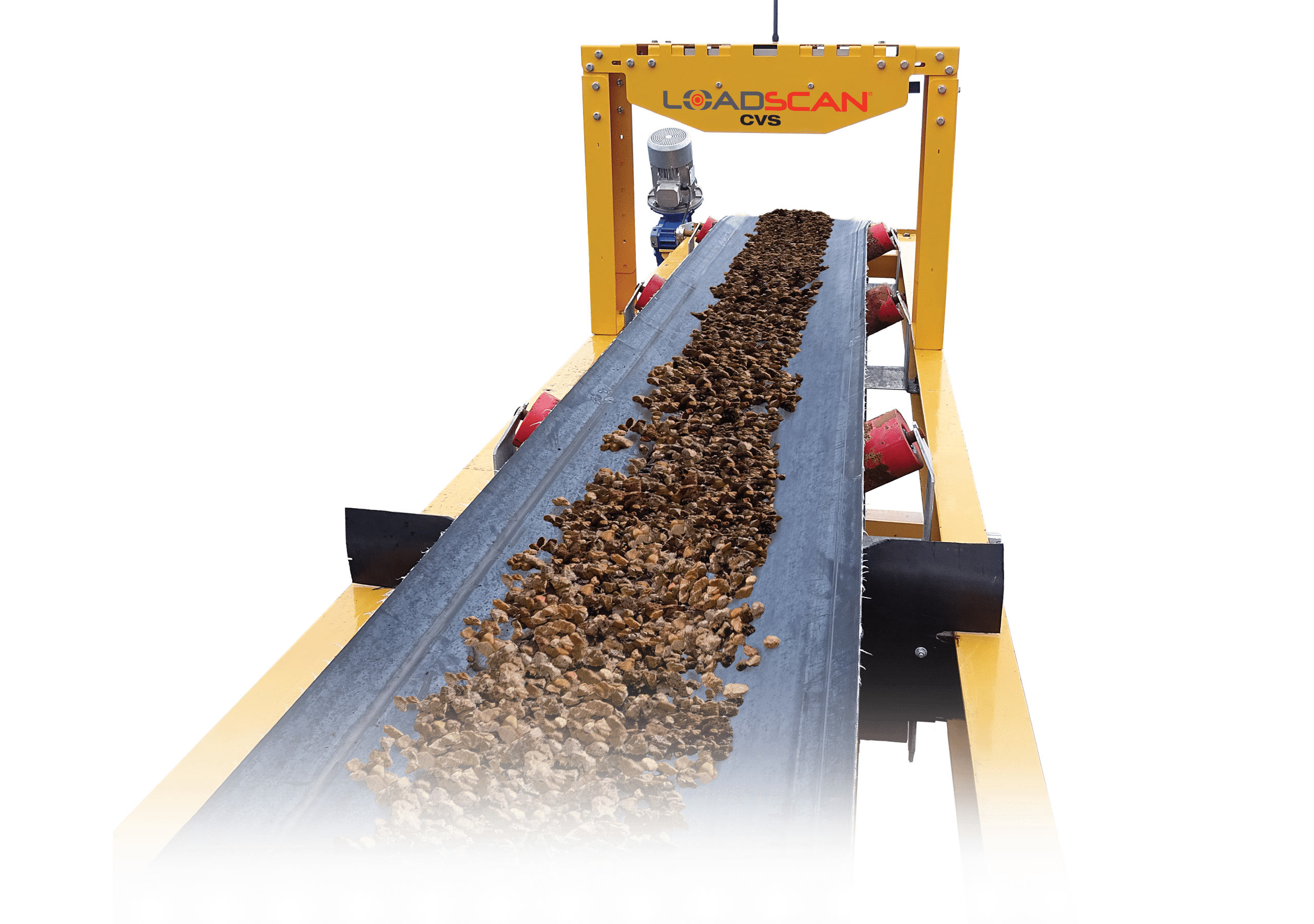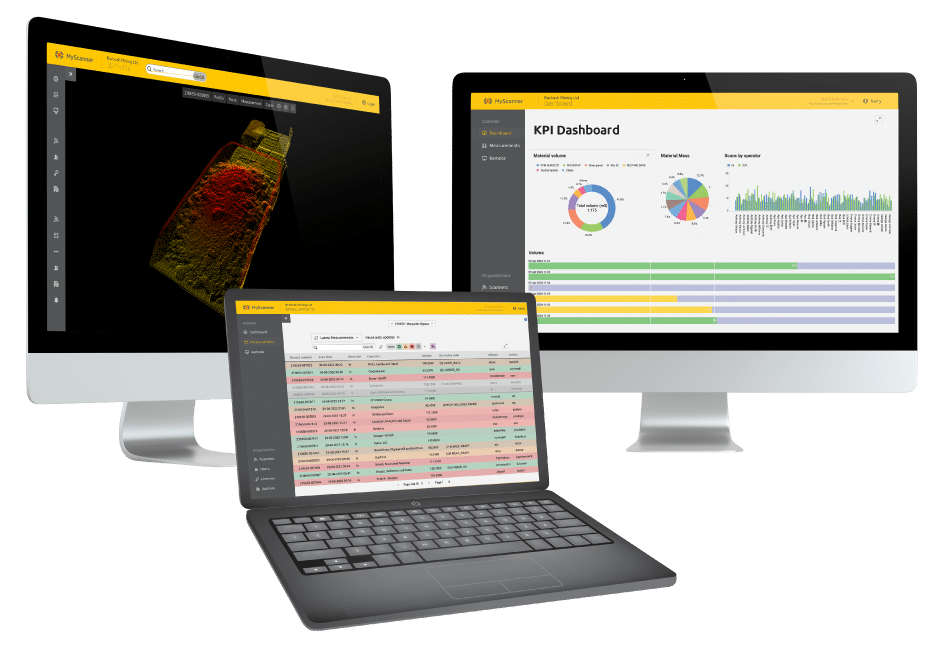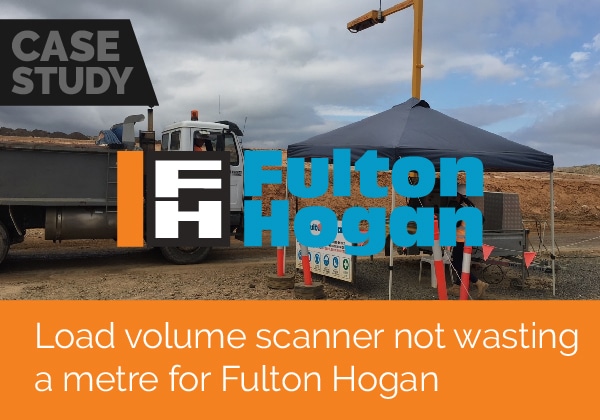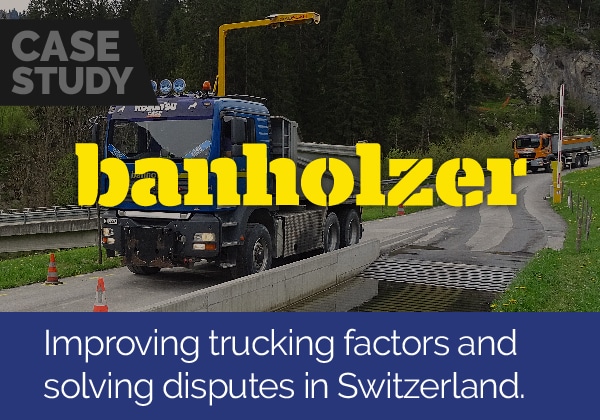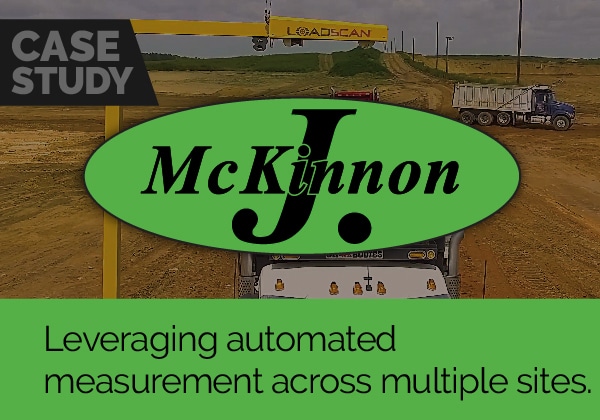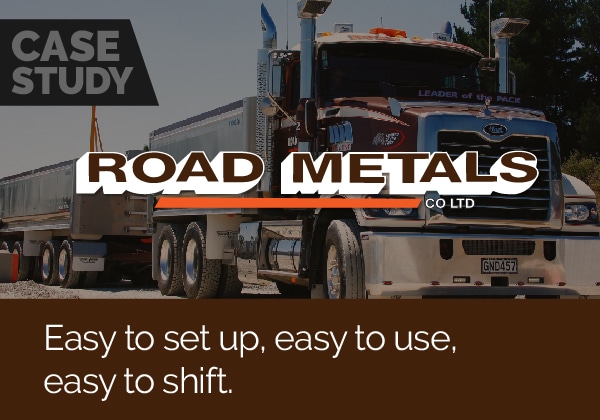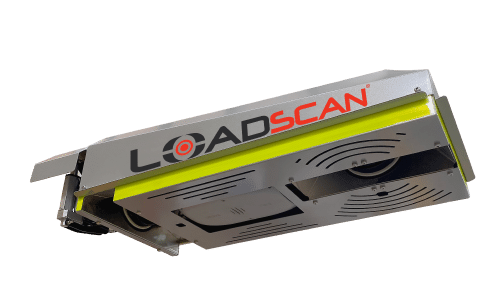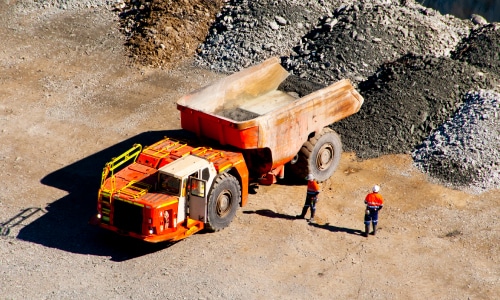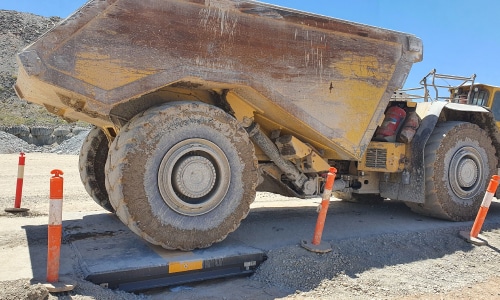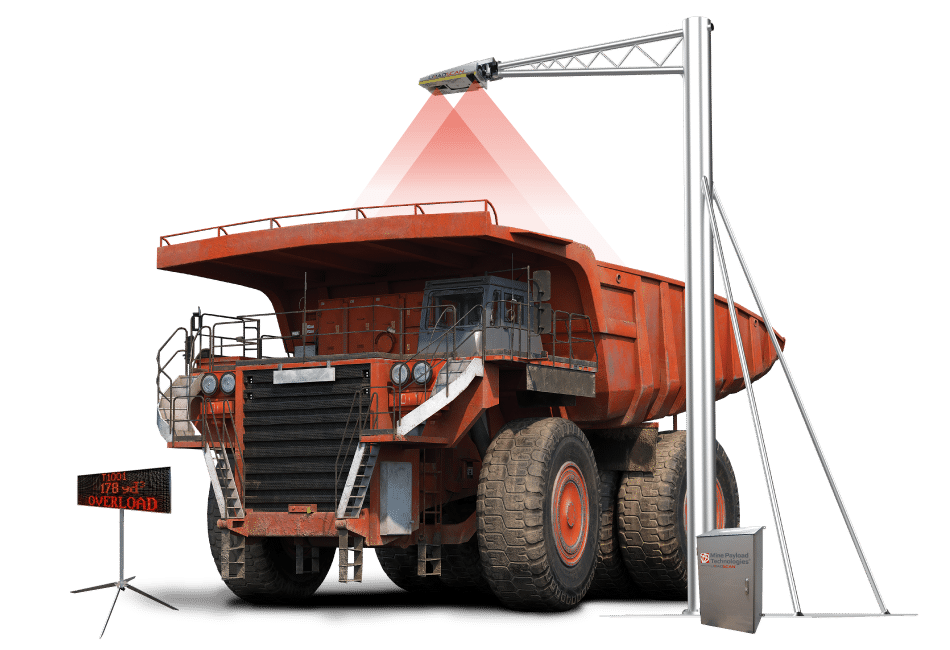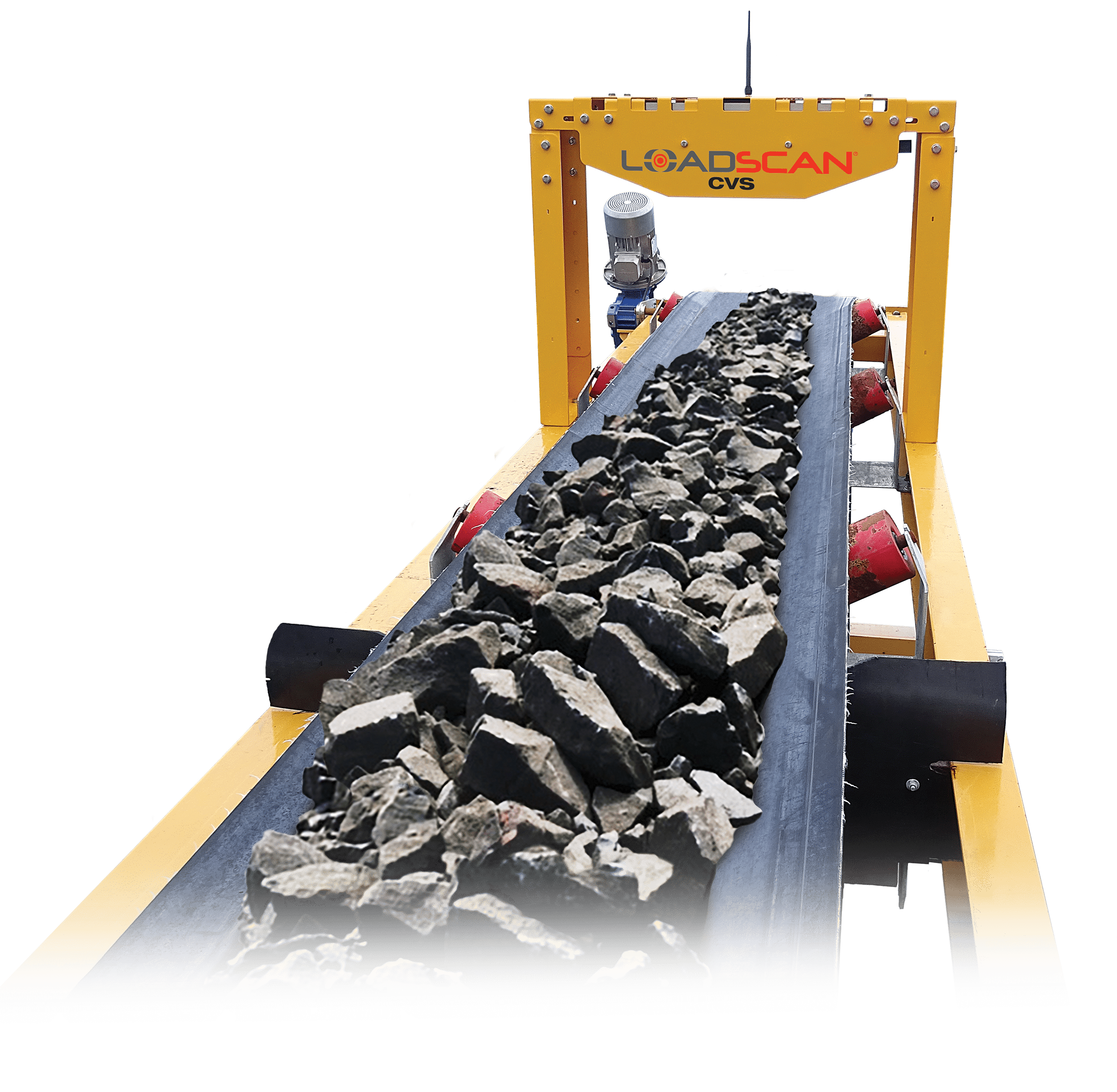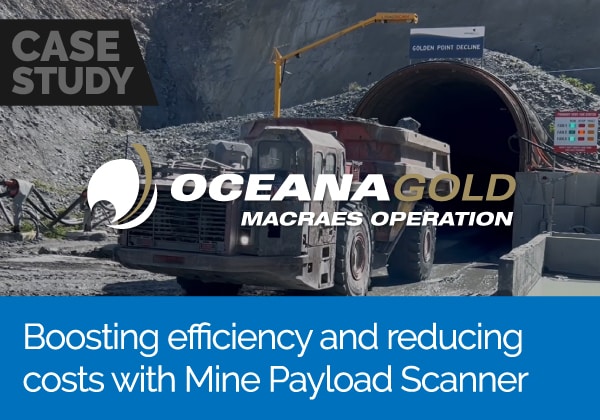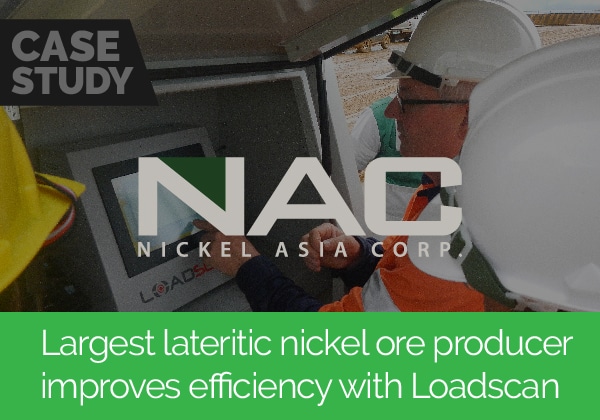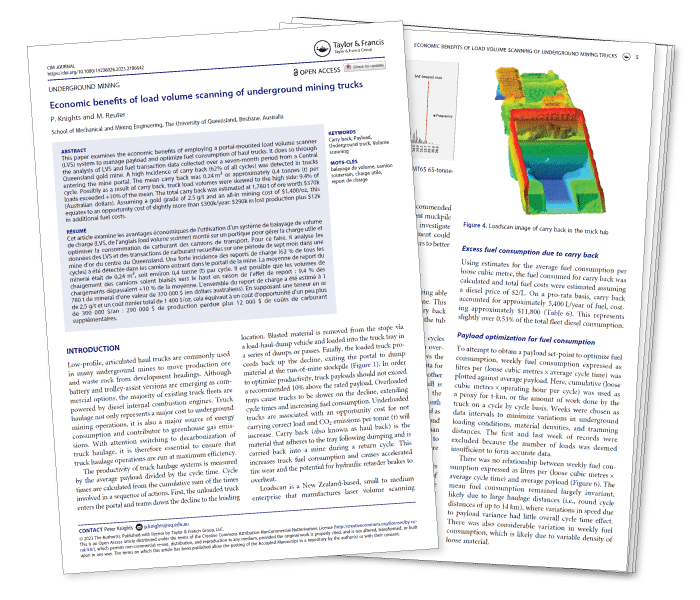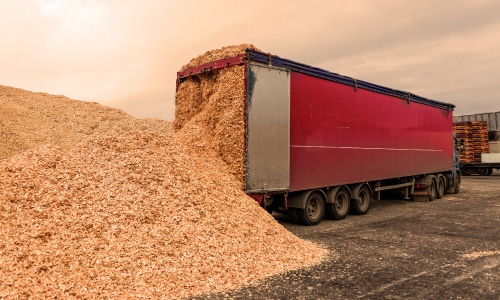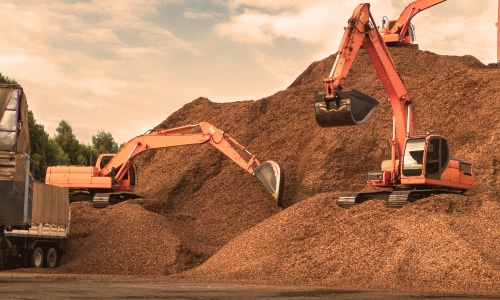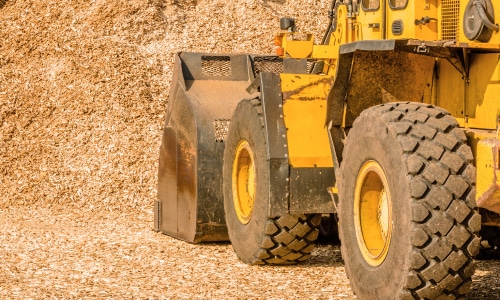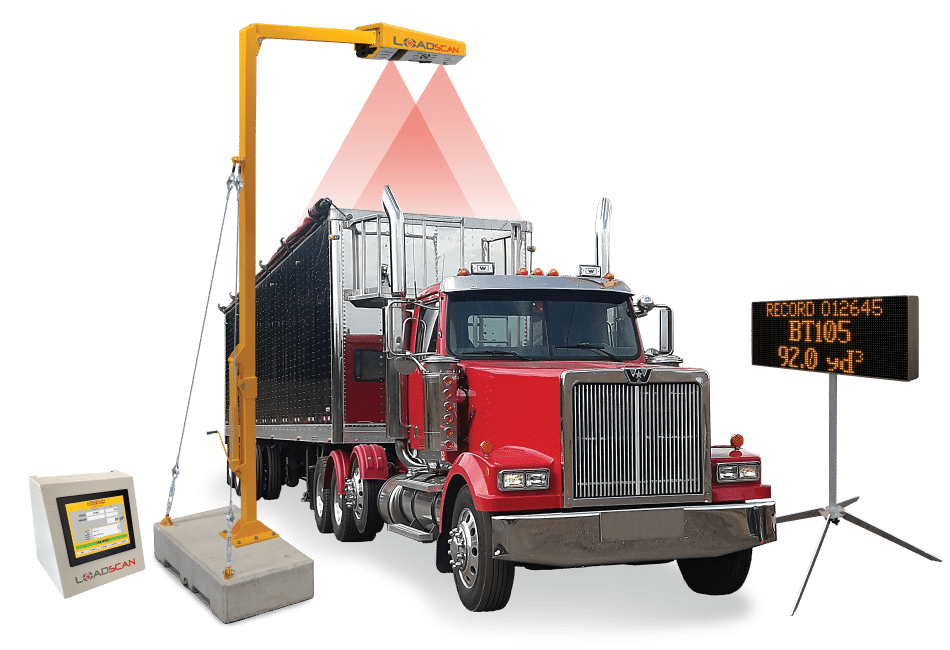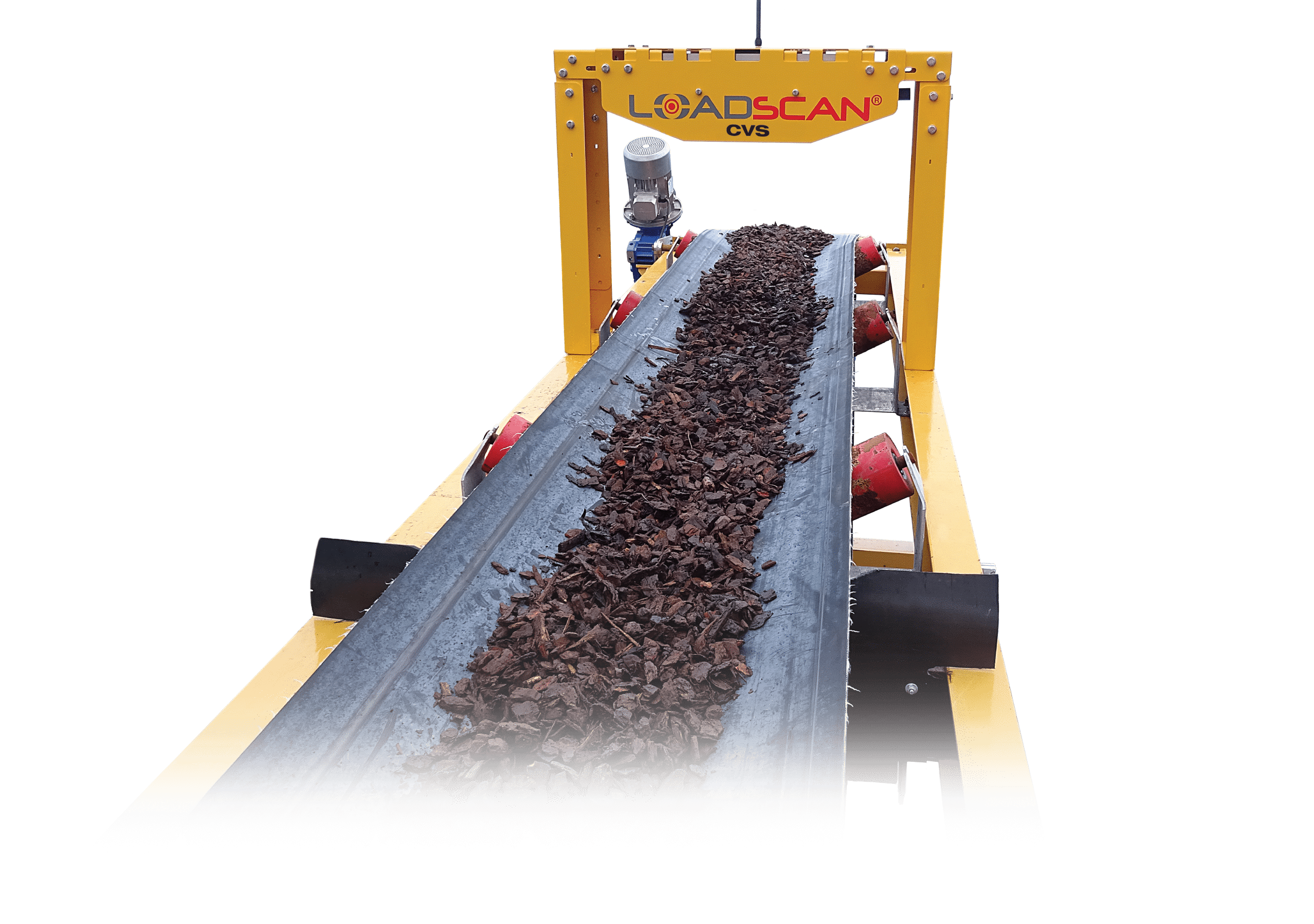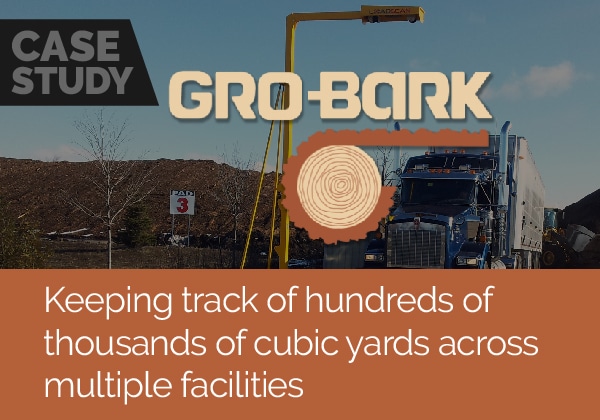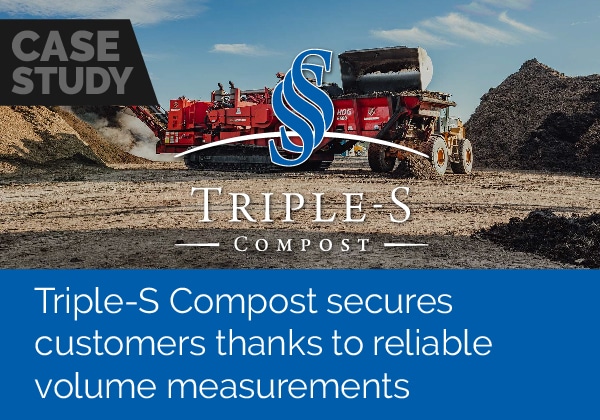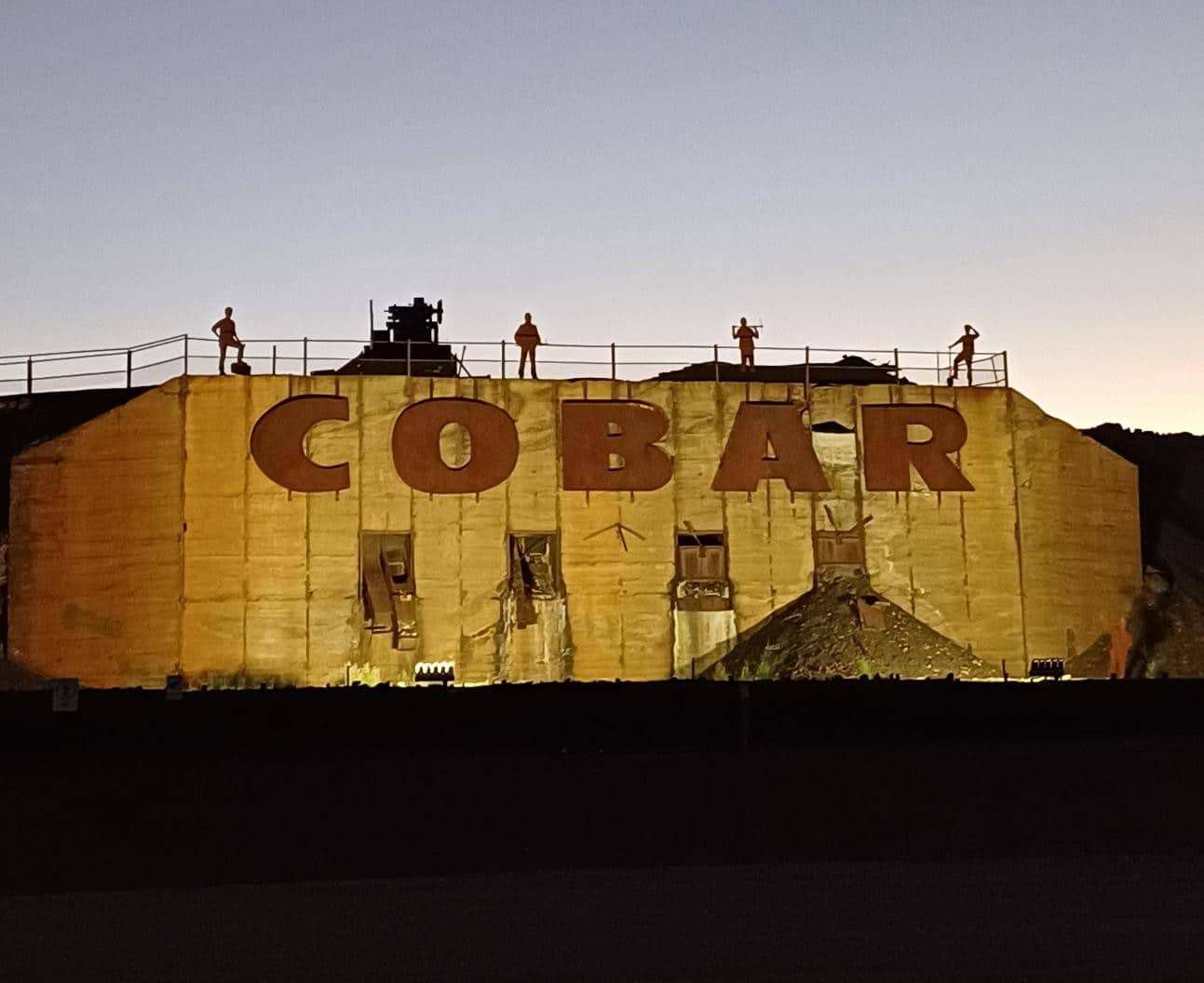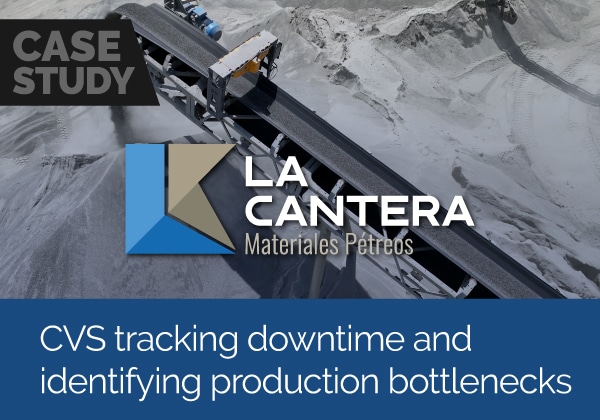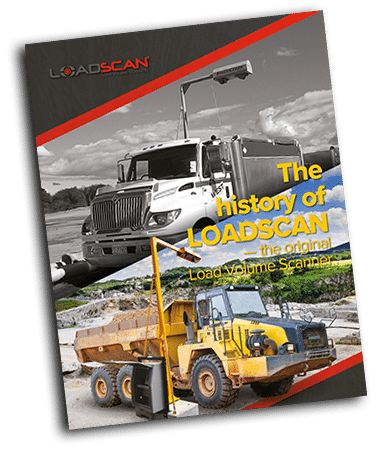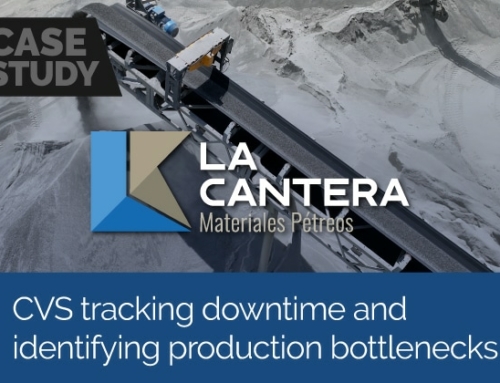Optimizing Mining Operations with Pitram and Loadscan Integration at CSA Cobar The MAC [...]
Are You Getting Your Money’s Worth?
Whether you’re buying or selling compost – you want to know you’re getting (or supplying) what’s been paid for.
The trouble is, it’s often difficult to measure exact amounts because of the many variables at play. There’s moisture, compaction, shrinkage and unlevel loading to name a few.
At best you’re working on a “guesstimate” and that’s the compost conundrum – how do you know whether you’re short changing customers or being short changed by suppliers?
3 reasons for short changed supply volumes
1. Load operators are not always accurate
It’s (almost) impossible for operators to load each bucket consistently to the same level. They can’t generally see in the bucket very well and it’s not practical to get out and level every bucketful. Some operators are better than others, but no matter how good they are, there’ll still be variation.
For example, how the bucket is pushed into the stockpile can impact the effective volume when transferred to a truck bin. Pushing the bucket hard into the bottom of the stockpile produces a more compacted load than loosely scooping off the side of the stockpile.
Short change signs: Are buckets being filled to the brim every time? Are buckets being loosely scooped?
2. Load or bucket counting is subject to error
In addition to variable bucket load size, there’s also the issue of operator error. Loader operators can easily miss-count the number of buckets loaded on the truck.
Short change signs: Do the number of counted buckets deliver the expected volume? Do operators count the exact amount of buckets that are loaded on the truck?
3. Conversion factors don’t reflect reality
Measuring weight and applying conversion factors to determine volume is not always accurate (again, due to all the variables involved).
Conversion factors are typically computed on a dry day in carefully controlled conditions and do not necessarily reflect the weight-to-volume ratio of supplied materials. Because in practice material density and moisture content vary considerably across a site and with stockpile size.
Short change signs: Are the conversion factors skewing the actual volume?
Introducing Loadscan
The LoadScan Load Volume Scanner (LVS) is a measuring instrument that replaces manual measurement to determine volumetric truck measure.
Volumetric load scanning works on the principle of comparing empty bin profiles against loaded bin profiles for the same vehicle to compute the load volume.
It removes any uncertainties due to moisture content, compaction or loading variation when converting a truck weight, counting bucket loads or simply guessing.
Loadscan provides a fair measure for all and acts to prevent many disputes over load value – thus solving the compost conundrum.
Get accurate measurement now
The LoadScan Load Volume Scanner (LVS) is the original non-contact ‘drive-through’ lorry & dump truck load measurement instrument for the accurate measurement of bulk material volumes. Contact us today phone +64 7 847 5777 (or in Australia ph+61 7-3217-0311 or the US ph +1 951-234-5933)

